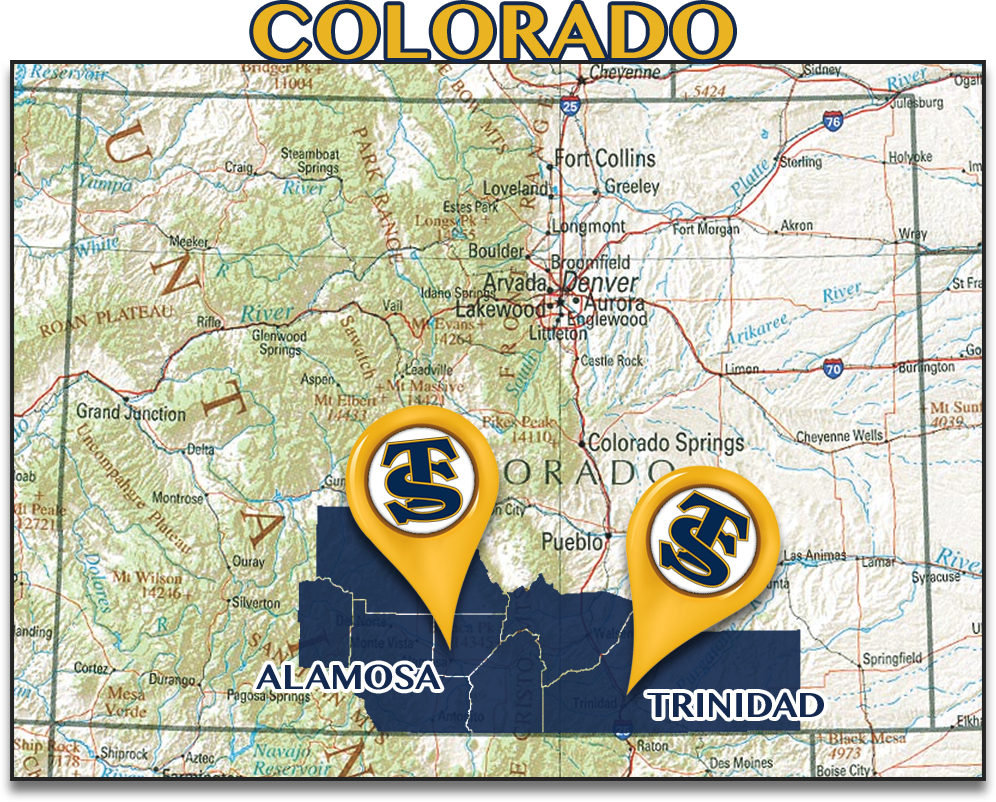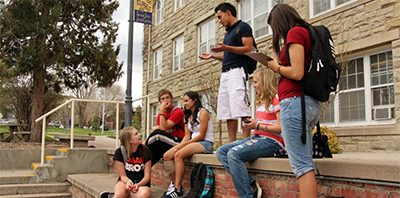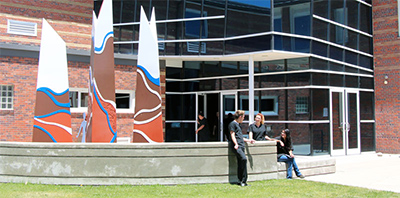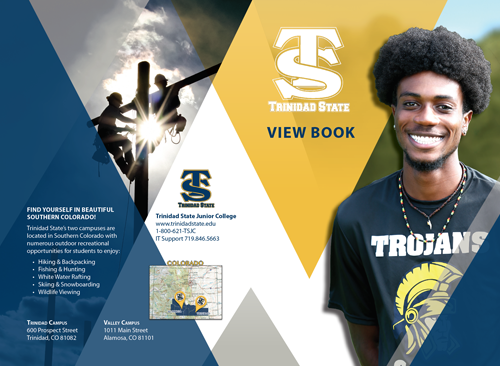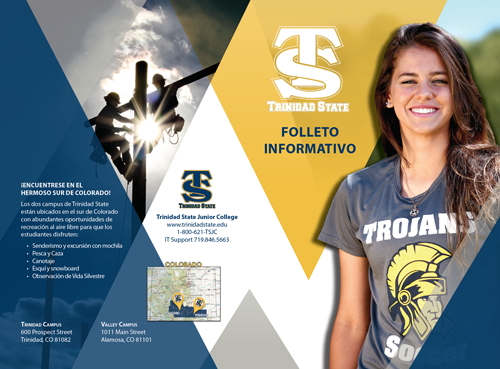About Trinidad State
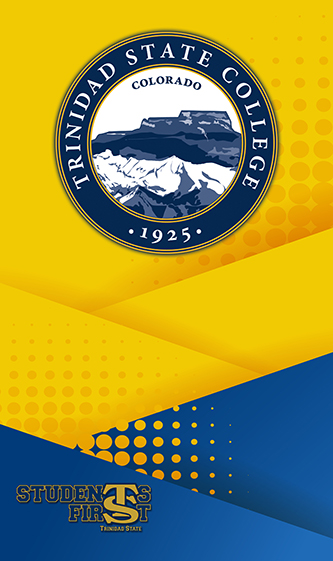 Established in 1925, Trinidad State College was the first community college in Colorado.
With campuses in Trinidad and Alamosa, Colorado, we provide an affordable and accessible
education to students in southern Colorado and beyond. Trinidad State offers unique
academic programs in fields such as Cosmetology, Nursing and Welding. We also have
an Electrical Line Technician program as well as Art, and Technical Theatre in addition
to traditional Arts and Sciences classes and a guaranteed transfer program through
a partnership with four-year colleges and universities in Colorado. We are home to
one of the first, and by most accounts, the premier Gunsmithing School in the United
States.
Established in 1925, Trinidad State College was the first community college in Colorado.
With campuses in Trinidad and Alamosa, Colorado, we provide an affordable and accessible
education to students in southern Colorado and beyond. Trinidad State offers unique
academic programs in fields such as Cosmetology, Nursing and Welding. We also have
an Electrical Line Technician program as well as Art, and Technical Theatre in addition
to traditional Arts and Sciences classes and a guaranteed transfer program through
a partnership with four-year colleges and universities in Colorado. We are home to
one of the first, and by most accounts, the premier Gunsmithing School in the United
States.
Our tuition rates are consistently at least 40% LESS than Colorado’s four-year colleges and universities. We also have the highest completion rates of any community college in Colorado.
Our second campus, in Alamosa, Colorado also offers a considerable selection of courses including Nursing, Cybersecurity, Welding, Auto Mechanics and the Law Enforcement Training Academy. On either campus we can prepare a student for a continued education at a four-year school.
Trinidad State has been continually accredited by the Higher Learning Commission since 1962.
Mission Statement
Enriching our diverse communities through quality educational experiences and lifelong learning.
Vision Statement
Educate for the future.
Core Value
Students First
Campus Locations:
 |
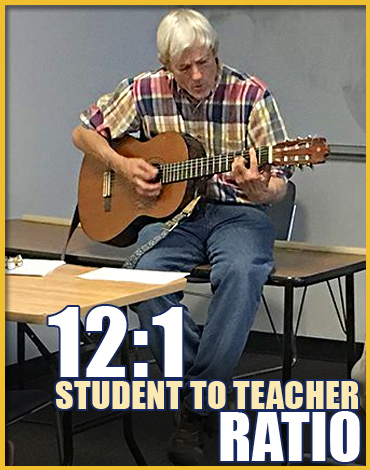 |
 |
 |
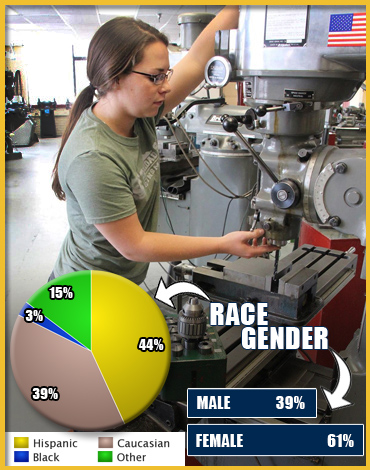 |
 |
|
Trinidad State is a Hispanic-Serving Institution (HSI)
|

